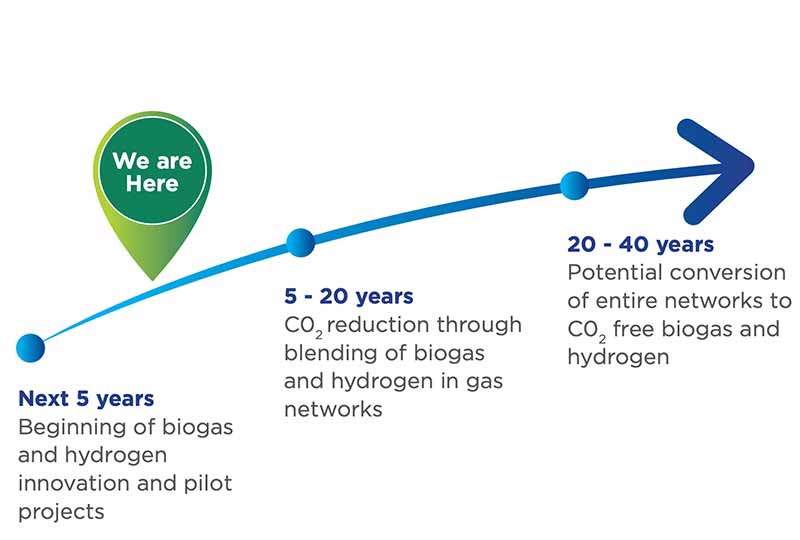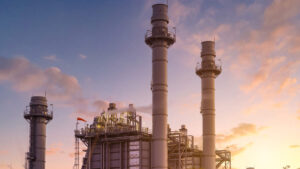Behind the scenes, hydrogen fuel tech is growing up fast

Pic: Yuichiro Chino / Moment via Getty Images
More than $180m is being invested in Australian hydrogen infrastructure — all part of a global movement to push this safe, zero emission fuel into the mainstream.
Hydrogen can be used in fuel cells for long distance transport or as a replacement for natural gas.
It’s made from natural gas or coal, which is cheaper but dirtier, or from water by electrolysis, which is clean but formidably expensive right now.
The challenge is to bring those costs down to a point where they are competitive with mainstream alternatives.
That $180m Aussie investment pales in comparison to the billion-dollar numbers you see around lithium-ion battery production.
But still, this could be the beginnings of something pretty substantial.
The newly released Hydrogen Innovation — Delivering on the Vision report, shows the significant progress made in Australia since the release of Gas Vision 2050 over two years ago.
Big trials are already underway, and some networks have made clear plans to blend hydrogen into existing gas infrastructure.
Producing renewable hydrogen is already being demonstrated in Canberra and Perth, and by early-2020, two more projects — in Adelaide and Sydney — will come online.
Across these projects, more than 2MW of renewable hydrogen production capacity will be installed.
Which isn’t mind-blowing if the typical coal fired plant is 600MW but remember — this is just the beginning.

The next few years of development are crucial if Australia is to have a world-leading hydrogen industry, Energy Networks Australia boss Andrew Dillon said.
“This report demonstrates that crucial innovation by networks is already underway to advance a hydrogen future,” Mr Dillon said.
“Networks are looking to renewable hydrogen made from solar and wind power to decarbonise our gas networks.”
For example, testing has just begun at the WA-based Clean Energy Hub, an Australian first that integrates renewable hydrogen production and fuel cell technology with a renewable energy stand-alone power system in a “living lab” microgrid setup.

The project will run until mid 2021.
In South Australia, Hydrogen Park will be Australia’s largest renewable gas project and the first to blend hydrogen with natural gas for supply to customers using the existing gas network.
Commercial operation is due to begin in June next year.
But this is a global movement. Right now, there’s 19 separate hydrogen roadmaps underway or completed around the world.
A recent McKinsey study shows hydrogen could provide almost one quarter of Italy’s energy by 2050.
Importantly, costs of green hydrogen through electrolysis will break-even before 2030 — earlier than other European markets.
In the US, this climate policy think-tank says hydrogen could be a $US130 billion industry by 2050.
In Korea (the good one), the government announced plans to create ‘hydrogen cities’ by 2022, where hydrogen fuels heating and cooling, electricity, and transportation.
Hyundai is even confident enough in the tech to put folks in bubbles to test the freshness of a hydrogen car’s exhaust:
The real numbers behind what hydrogen can do – and what it can’t
Hydrogen: vital to the energy revolution or just a pipedream?
UNLOCK INSIGHTS
Discover the untold stories of emerging ASX stocks.
Daily news and expert analysis, it's free to subscribe.
By proceeding, you confirm you understand that we handle personal information in accordance with our Privacy Policy.








